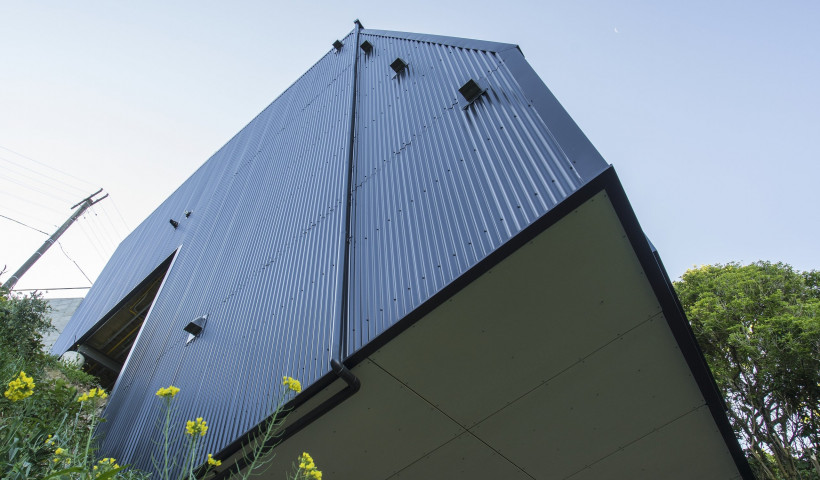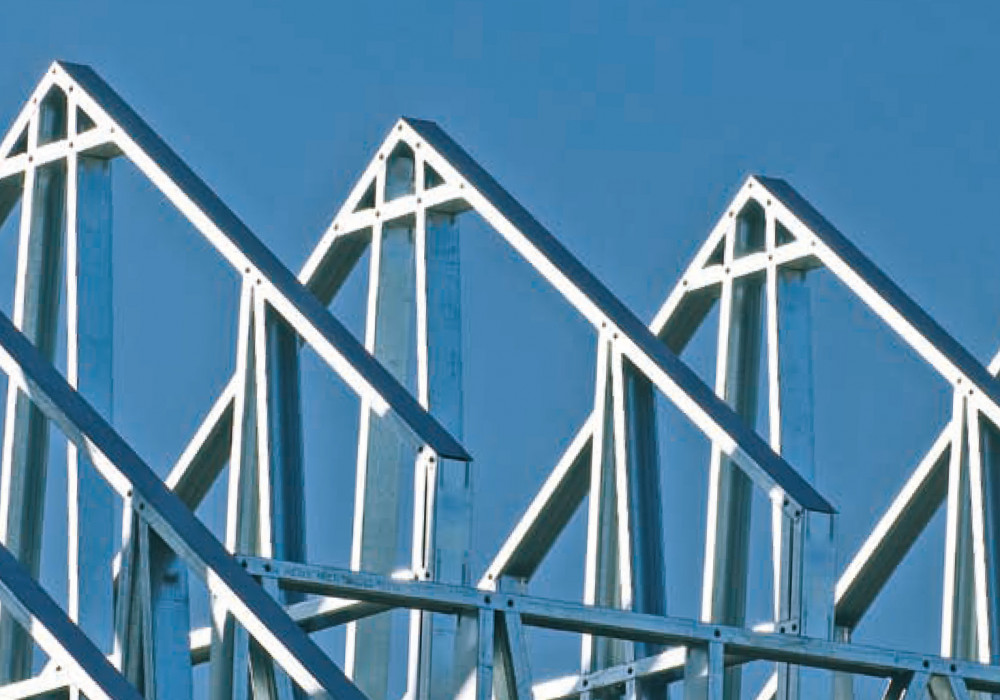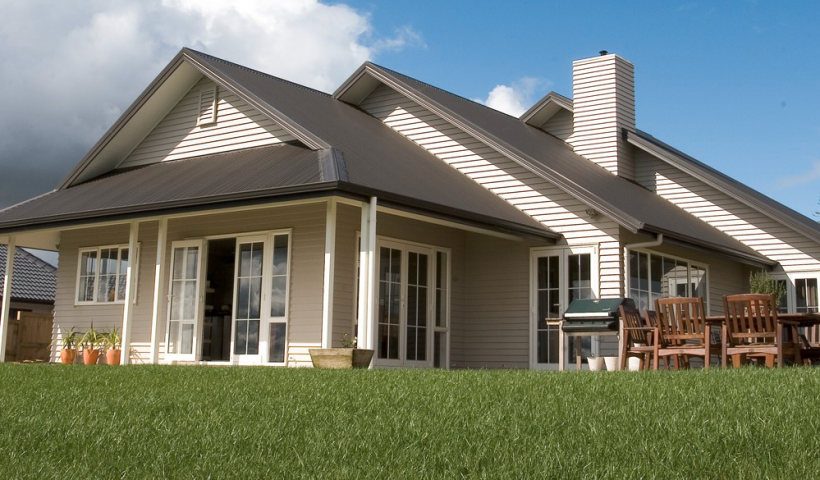
In February 2013, Rohit Pantham from the University of Auckland’s Department of Civil and Environmental Engineering – under the supervision of Dr Charles Clifton, Associate Professor of Civil Engineering – conducted New Zealand’s first scientific investigation into the performance of light steel-framed housing in the event of a fully developed fire,
Basing the investigation on a fully developed fire that occurred in an Auckland residence, a model was established that took into account all of the relevant conditions existing within the fire. Through comparing the predicted failure times of the wall and ceiling linings, and taking into account the combustible material in the room, as well as the boundary conditions (e.g. the material/surface of the walls), the model was able to calculate that the fire exceed 900°C in the enclosure of origin and over 600°C in the roof space.
The conclusion of the investigation was that the house performed exceptionally well. Despite being exposed to a fully developed fire, the steel framing did not collapse in either the walls or ceiling. This not only prevented the house from collapsing but meant that most of it remained weathertight after the event and that the fully developed fire was restricted to the enclosure of origin. Even more telling was the fact that a significant portion of the steel framing could have been cleaned and reused after the event.
This investigation demonstrated that light steel framing does perform in the event of a fire and significantly reduces the chances of damage to the structure as a whole.













 New Products
New Products



















 Popular Products from Axxis Steel
Popular Products from Axxis Steel
 Most Popular
Most Popular


 Popular Blog Posts
Popular Blog Posts
